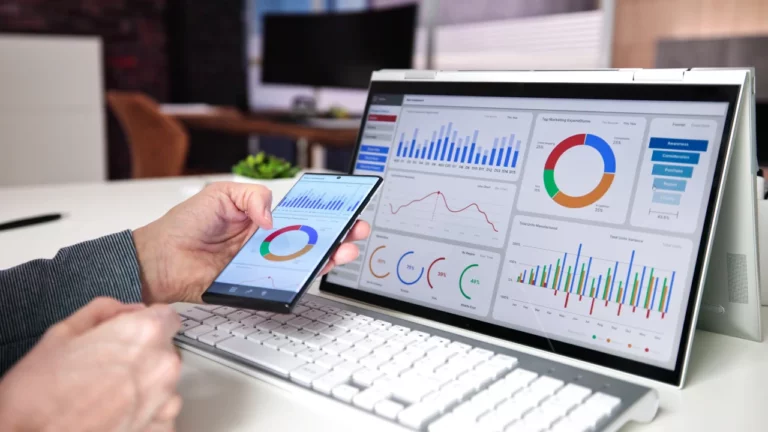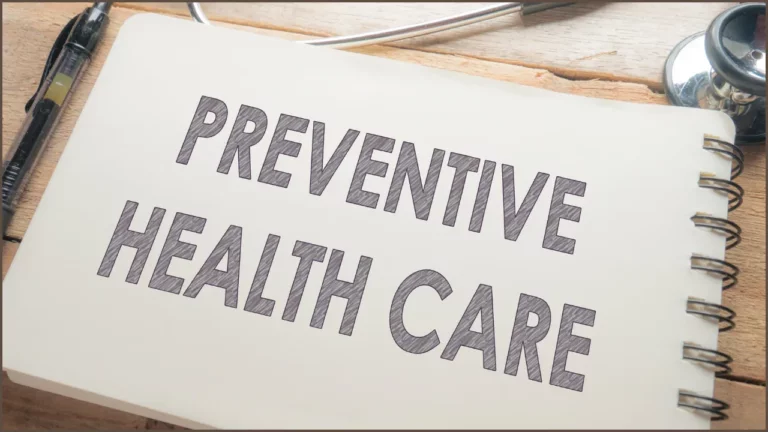The initial appeal of Remote Patient Monitoring (RPM) often lies in the devices themselves, such as connected blood pressure cuffs, glucometers, and wireless scales. However, relying on devices alone can limit program effectiveness. While devices collect patient data, clinical support and associated services are what make the information actionable for patient care. For U.S. healthcare providers, the success of an RPM program often depends on services that help patients stay adherent and engaged over time.
This guide explores a comprehensive approach to RPM, emphasizing not just connected devices but also the clinical support and services that promote patient engagement and long-term adherence.
The Adherence Crisis and the Human Solution
The biggest challenge in any RPM program is not technical, but behavioral. Patients, particularly those with multiple chronic conditions, often struggle to use their devices consistently. This “adherence crisis” leads to incomplete data, rendering the technology useless.
- The Problem: The patient may forget to take their readings, misunderstand the instructions, or lose motivation. A device alone cannot solve these common, real-world problems.
- The Solution: An effective RPM service focuses on supporting both patients and care teams. This includes:
- Personalized Onboarding: A dedicated care coordinator should walk the patient through device setup and explain the “why” behind their monitoring. A personal connection from the beginning dramatically increases the likelihood of long-term use.
- Proactive Check-ins: Scheduled, friendly check-ins via phone or secure message can remind patients to take their readings, answer any questions, and provide a sense of accountability. These interactions reinforce the feeling that the patient is part of a supported care team, not just a data point.
- Tailored Education: This service provides condition-specific educational content in concise, easy-to-understand formats, helping patients better understand their health and encouraging consistent self-monitoring.
Using RPM Data to Strengthen Patient–Clinician Relationships
RPM data is most valuable when it informs communication between patients and their care teams, helping to guide treatment decisions and strengthen patient engagement.
- The Problem: Raw data without context can be alarming to patients and burdensome for clinicians. A sudden spike in blood pressure might cause a patient to panic, while a busy clinician might miss it entirely.
- The Solution: A high-value RPM service processes and contextualizes the data, enabling smarter clinical decisions.
- AI-Driven Analytics: Intelligent software platforms analyze trends and send actionable notifications to the care team, prioritizing patients who need immediate attention. This shifts data from a chaotic stream into a clear signal, allowing clinicians to focus on high-risk patients.
- Structured Communication: The platform should facilitate secure, HIPAA-compliant communication. When a clinician reaches out to a patient based on a concerning reading, it builds immense trust. The patient understands that their monitoring efforts are being seen and valued. This proactive intervention improves outcomes and makes the patient a loyal advocate for the practice.
How RPM Services Encourage Sustained Patient Participation
Sustained patient engagement depends not only on a positive care experience but also on ongoing support aligned with patients’ health goals. Well-designed RPM programs foster continued participation by combining regular feedback, education, and communication between patients and their care teams.
- The Problem: If a patient’s interaction with the RPM program is limited to device usage and an occasional check-in, the service may be perceived as a temporary or optional tool.
- The Solution: A value-added service makes the RPM program a core part of the patient’s care journey.
- Integrated Care Coordination: The RPM service should not function in isolation. It should integrate with Chronic Care Management (CCM) and other care coordination services to support continuity of care and align with patients’ long-term health goals.
- Shared Decision-Making: Clinicians can use RPM data to engage patients in shared decision-making. For example, a clinician might review a patient’s glucose readings to show how a recent diet change affected their levels, helping the patient better understand the impact of lifestyle choices on their health.
Clinical and Financial Outcomes of Effective RPM Programs
Investing in value-added services provides a tangible return beyond a simple per-patient reimbursement.
- Increased Reimbursement: A practice can consistently meet the minimum data transmission requirements for billing by ensuring high patient adherence. A recent American Medical Association (AMA) report notes that patient non-adherence is a significant barrier to successful RPM and that effective engagement strategies are key to maximizing billing potential.
- Improved Patient Outcomes: When patients are engaged, outcomes improve. According to a study on Case Management published in NCBI’s StatPearls, a proactive approach to chronic disease management can significantly reduce hospitalizations, emergency room visits, and overall healthcare costs by providing coordinated care and resources.
DrKumo: Technology and Services to Support Patient Engagement and Adherence
Choosing the right technology partner is key to building an RPM program that supports both patients and clinicians. DrKumo provides a platform that combines device connectivity with services designed to promote engagement and adherence.
- Concierge-Level Patient Support: DrKumo’s platform includes features that enable dedicated care coordinators to provide personalized onboarding, automated reminders, and secure messaging, services designed to help address and reduce non-adherence.
- Automated Data-to-Dialogue: The platform’s AI-driven analytics turn raw data into actionable notifications, allowing your team to have timely, meaningful conversations with patients based on their specific health trends. This is the foundation of the trust-building dialogue that drives long-term loyalty.
- EHR Integration for Coordinated Care: DrKumo’s platform connects with existing EHR systems so that RPM data becomes part of the patient’s longitudinal medical record. This supports comprehensive care coordination and helps clinicians make decisions based on the most complete and up-to-date information.
Takeaways
A successful RPM program depends not only on connected devices but also on the services that support their effective use. Personalized onboarding, proactive communication, and continuous support can help improve patient adherence and engagement. This service-oriented approach enables RPM to contribute to better clinical outcomes, stronger patient-clinician relationships, and more consistent reimbursement for practices.
Ready to enhance your RPM program and strengthen patient relationships? Discover how value-added services can support your practice, improve outcomes, and build a foundation of lasting patient loyalty. Contact us to schedule a personalized demo and start your journey today.
Disclaimer: This article is for informational purposes only and does not constitute medical advice. The content is not intended to be a substitute for professional medical guidance, diagnosis, or treatment. Healthcare providers should always use their clinical judgment and consider each patient’s needs when designing and implementing care programs.








